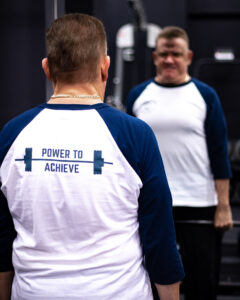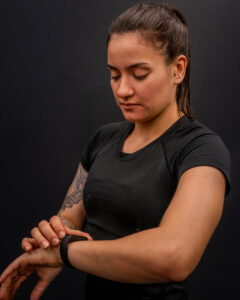Detoxes
The liver creates bile and cholesterol to carry away waste and break down fats while clearing the blood of drugs and toxic substances.
The kidneys are responsible for removing waste and balancing your fluids through the excretion of urine.
Your large intestine helps to move your bowels and excrete solid excrement.
Lungs purify the air we breathe by taking in oxygen and dispelling carbon dioxide.
Your skin protects you from germs and the elements, while sweat regulates bodily temperature through the release of fluids (not toxins).
Regardless of all these filtration and barrier systems, the wellness industry continues to promote cleanses and detoxes to make a billion dollar diet industry richer. Whether it’s fasting, juicing, colon cleanses, dietary supplements, or infrared saunas, your body is perfectly capable of ridding itself of toxins, provided you don’t have kidney or liver disease.
Any weight loss that occurs through cleanses are strictly that: weight loss, not fat loss. Typically bodies put through detoxes are dehydrated, carb deprived (remember every gram of carbs holds 4g of water), and there is less food volume in the GI tract. Any weight loss will be temporary until the cleanse ends.
Those that do report feeling healthier from a detox are likely feeling better from the reduction of less healthy foods in their usual diet, and if anything cleanses usually leave people lethargic, dizzy, malnourished, and at risk of GI complications, such as constipation, diarrhea, and/or the removal of healthy gut bacteria.
If you want to help your body detoxify, that simplest advice is usually the truest: drink lots of water, limit alcohol, don’t smoke, eat a variety of colourful foods, and get plenty of fiber.


 oholic drinks and do what you can to reduce drinking your calories.
oholic drinks and do what you can to reduce drinking your calories.

